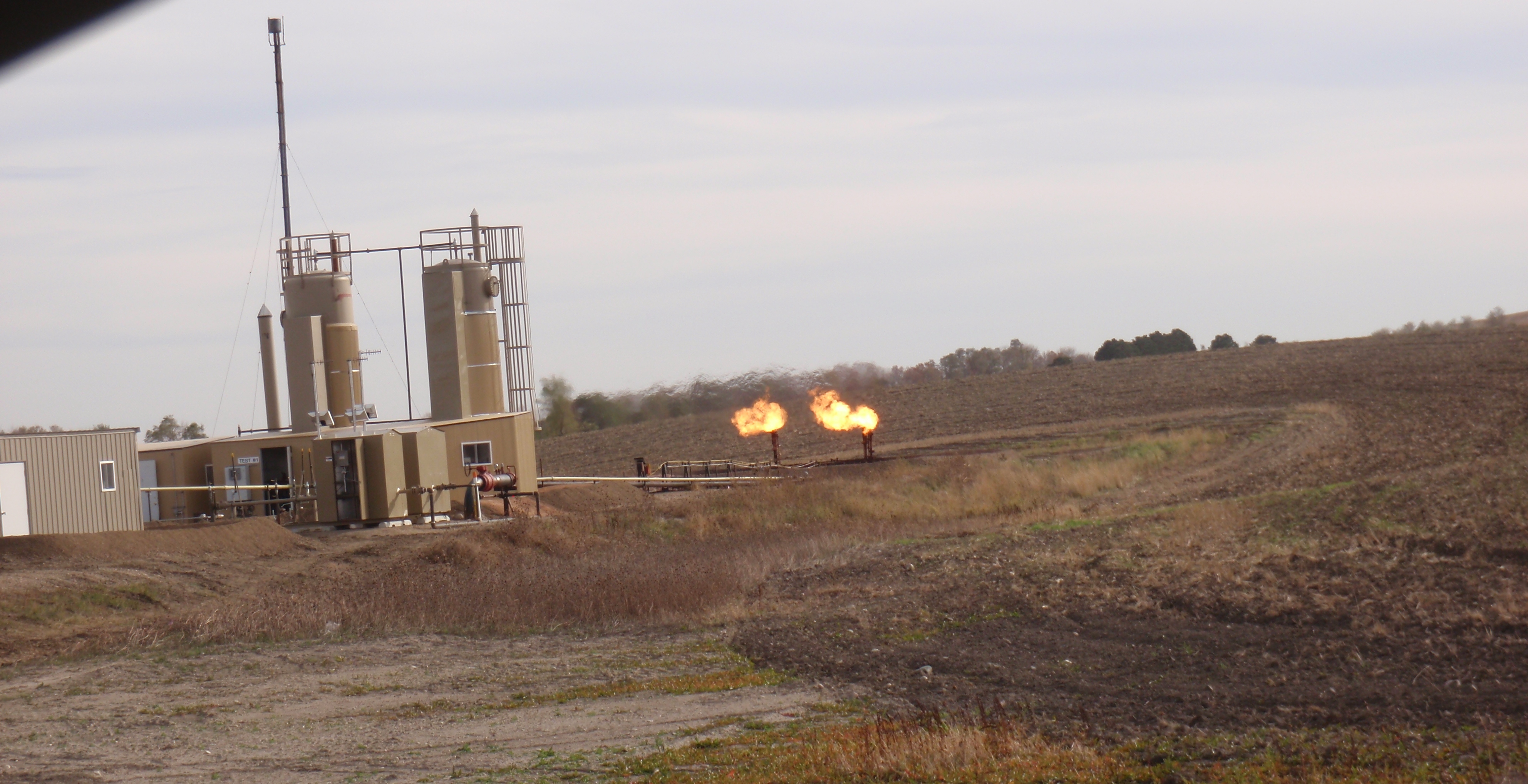
Here’s a few quick notes on interesting news that I won’t cover in a separate post:
9/2 – Amy Dalrymple at Forum News Service – Oil patch economy settling into ‘new normal’ – Looks like the Bakken is resembling a merely solid growth economy instead of an exploding economy. The growth of 2010 through 2014 was not sustainable.
The 16 hotels completed since 2010 actually have lots of vacancies. Prices are high, but you can actually find a room.
Update to status of federal charges against Keith Graves: 8/19 – Dickinson Press – Graves indicted for third time, demands evidence from state’s attorney’s office – Mr. Graves was arraigned on the third superseding indictment on 8/19, as scheduled. He entered a not guilty plea.
He stated in court that he believes the Williams county State’s Attorney has materials that would help in his defense and wants to obtain the items. He did not state publicly what evidence he is looking for.
Article reminds us that he was initially charged at the state level in August 2014. Those charges were dropped to let the federal charges go forward.
As a hint that this was the plan from the beginning, I recall that the FBI was assisting the state in the investigation back when this was being investigated by the state. Looks to me like the state charges were brought quickly to get him into custody knowing the feds were developing the case for a far more serious indictment.
Thinking of this with a businessman’s knowledge of the law, I can’t imagine he will be ready for trial on October 19. That is only 45 days from now.
8/27 – Bismarck Tribune – Reaction split on proposed flaring benchmark change – State regulators have proposed a nine-month delay of the next requirement for statewide flaring to be at only 15%, moving the deadline from January 1, 2016 to October 1, 2016. Reasons cited include problems with completing major infrastructure projects, delays in getting permits, and delays in getting all the right-of-ways.
The complexity, I learned a while back, is gas must be moved by pipeline until it is treated. You cannot put it in a truck until after the first stage of processing, thus pipelines must be in place for a well to avoid flaring all the gas coming out of the ground.
You have to have all the easements lined up before you can get permits before you can start construction before you can reduce flaring.
As expected, industry would like an even longer delay and environmentalists want no delay.
One quoted environmentalist gives away his group’s game plan when he suggests that production and drilling could just be scaled back to meet the flaring target. Aha! Just stop all drilling.
8/29 – Dickinson Press at Bakken.com – Stark Co. Planning and Zoning Board rejects stricter windfarm regulations – The county refused several proposals that would reduce the extreme visual pollution from wind turbines.
The reason I mention this article is the accompanying photo. Check it out to see how dominant slice-and-dicers are visually on the plains. Look at the gargantuan size of the 10 visible turbines in relation to fields, roads, a construction crane, and several farms. Grain silos pale in comparison to a wind turbine.